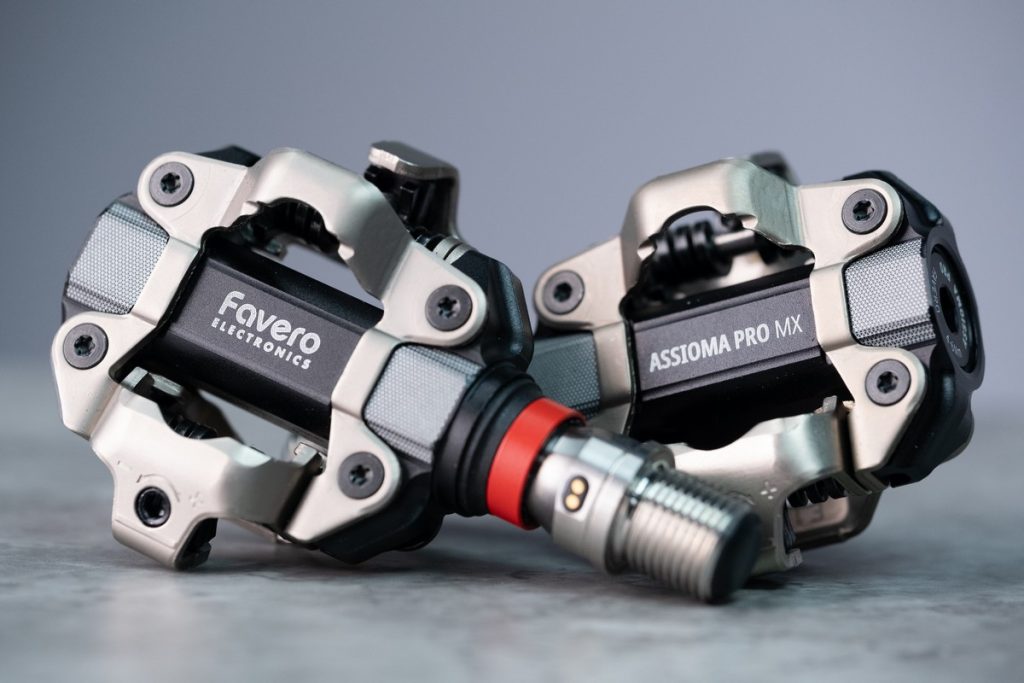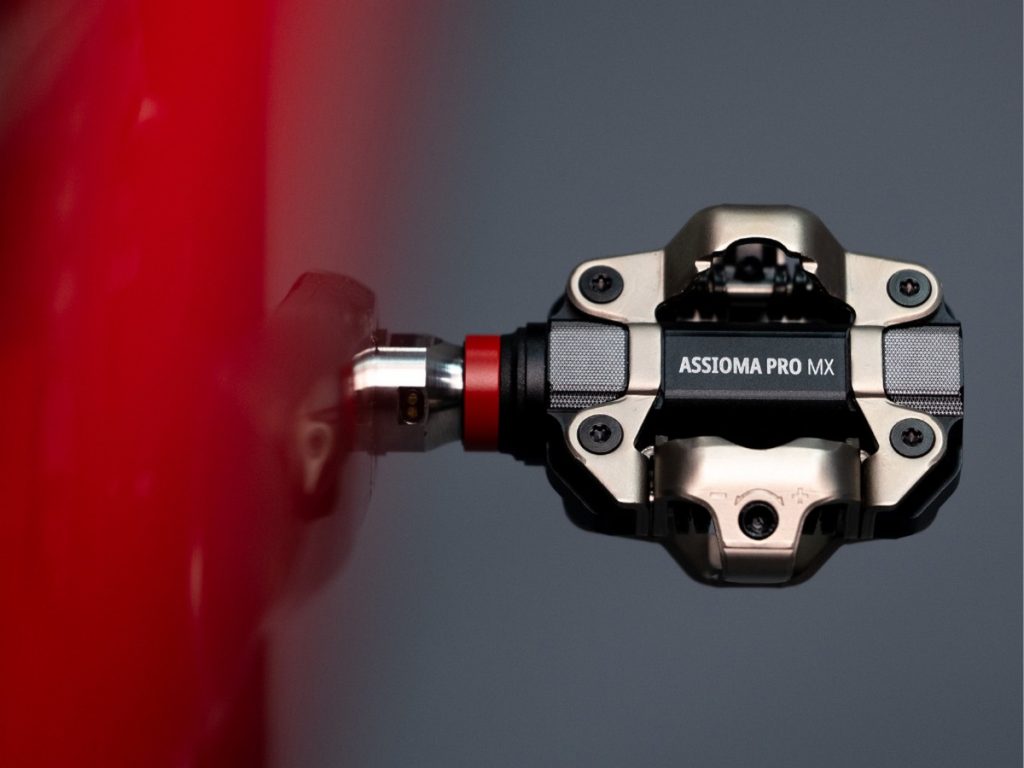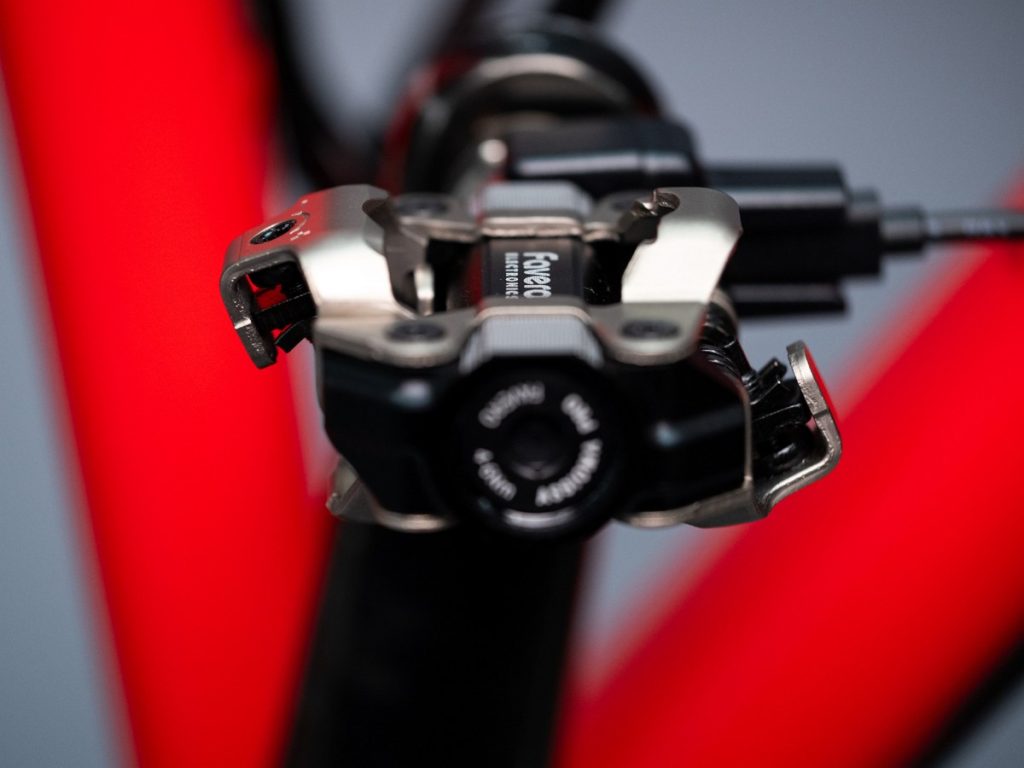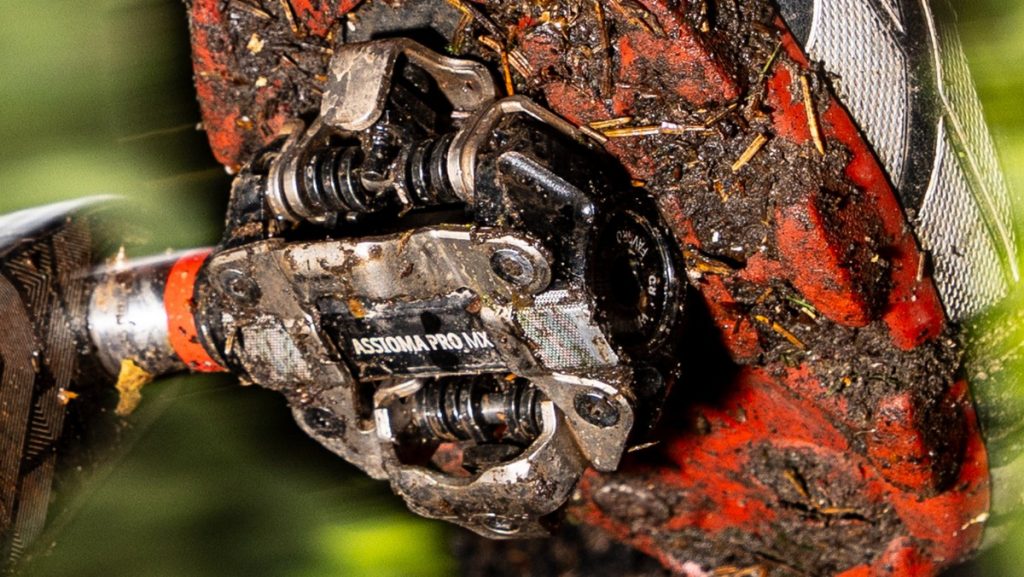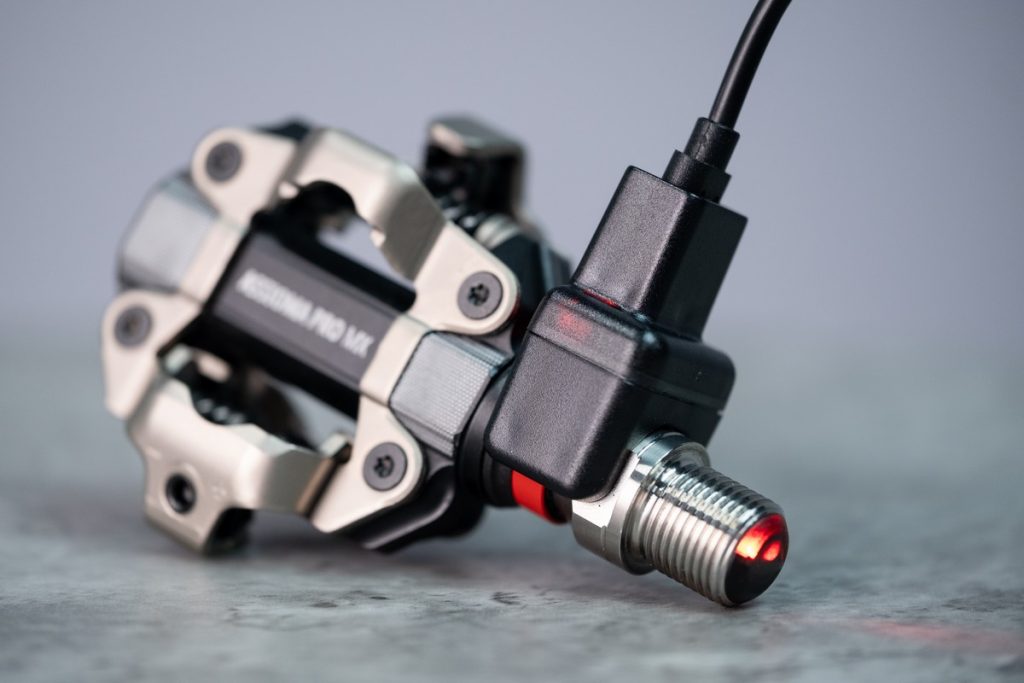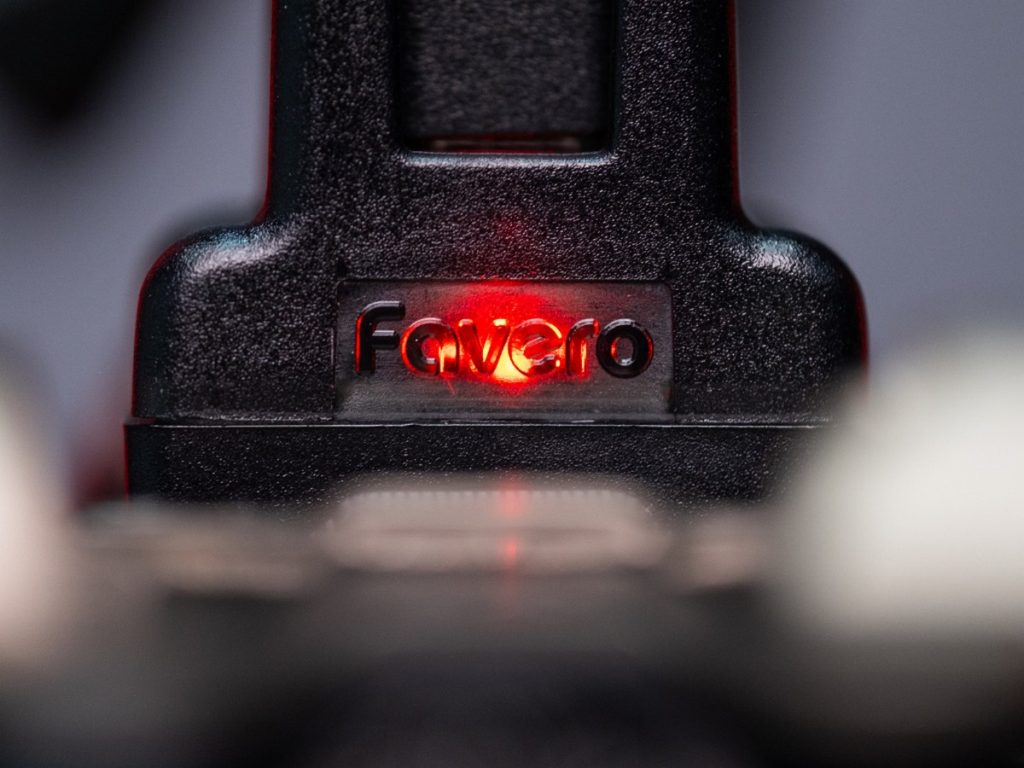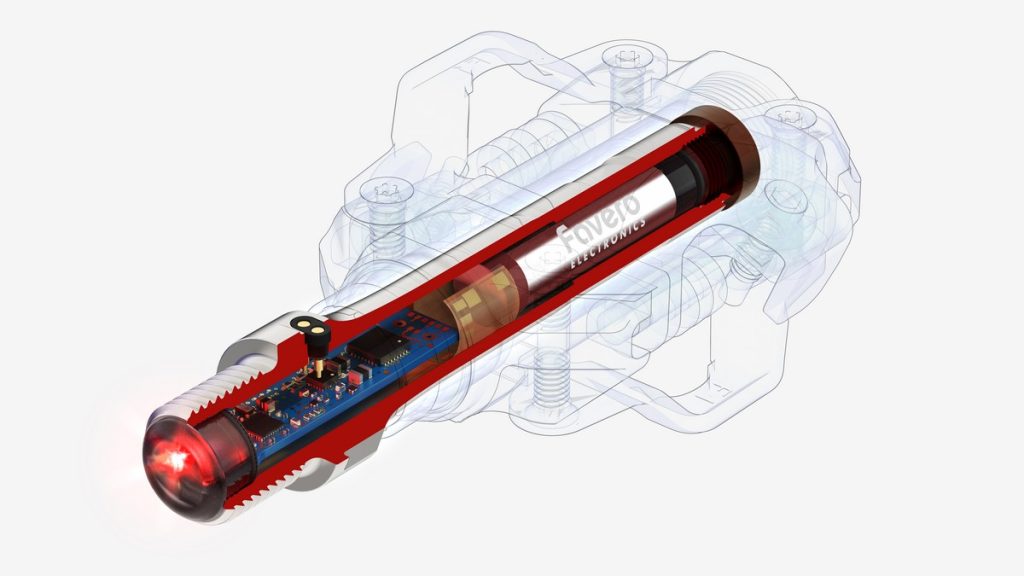As a cycling journalist, I’ve had the opportunity to test numerous power meters over the years. When Favero announced their latest offering, the Assioma Pro MX2 power meter pedals, I was intrigued. After several months of rigorous testing in various conditions – from high-stakes off road races to grueling gravel events – I’m ready to share my in-depth review of these innovative pedals.
Product Overview:
The Favero Assioma Pro MX2 is a dual-sided power meter pedal system designed for use with MTB cleats. This marks a significant departure from Favero’s previous road-oriented models, opening up new possibilities for mountain bikers, gravel enthusiasts, and cyclocross racers. The pedals boast a sleek design, with a robust metal body that appears capable of withstanding the rigors of off-road riding.
Key features include:
- Compatibility with MTB cleats
- Dual-sided power measurement
- Claimed accuracy of ±1%
- Rechargeable batteries with 50+ hours of ride time
- ANT+ and Bluetooth connectivity
- IPX7 water resistance rating
- Weight: 199g per pedal
On-Road Performance:
Full disclosure, there pedals aren’t designed for on-road usage in the first place.
To truly put the Favero Assioma Pro MX2 pedals through their paces, I first installed them on my road bike for a series of training rides and races. The installation process was straightforward, requiring only a standard pedal wrench. The pedals paired easily with my Garmin head unit, and I was ready to roll in no time.
Training Rides:
During my initial training rides, I was immediately impressed by the consistent and reliable power data provided by the Assioma Pro MX2. The pedals delivered instant power readings without any noticeable lag, allowing me to closely monitor my efforts during interval sessions.
One standout feature was the pedals’ ability to measure left/right balance. As someone who has dealt with a lingering knee injury, this data proved invaluable in ensuring I wasn’t favoring one leg over the other during hard efforts. I had numerous opportunities to test competitive products with one leg measurement features, but I had struggled to accept the fact, that the software generated total power output of those products never achieves a 100% accurate bottom line power figure.
The Assioma Pro MX2’s accuracy seemed to be on par with my previous power meter, with no wild fluctuations or unrealistic spikes in power. This had been assessed both indoors and outdoors.
The MTB cleats took some getting used to on the road bike, but after a few rides, I found them to be secure and comfortable. The larger platform of the MTB-style pedal body provided a stable base for power transfer, especially during out-of-the-saddle efforts. The stack height has been tangible subjectively, if I highly paid attention to the difference. But the 2mm ir are miniscule, thus I didn’t even adjust the saddle height.
Race Scenario:
Gravel races in Spain and Italy as well numerous Italian MTB Gran Fondos
The true test of any power meter is how it performs under the pressure of race conditions. I had the opportunity to use the Assioma Pro MX2 pedals also during the challenging stage races in Italy and Spain. This five-day event features a mix of high-altitude climbs, fast descents, and punchy rollers – perfect for pushing the pedals to their limits.
A famous MTB race stands out in my memory. As we approached the final climb of the day – a brutal 7-mile ascent with grades reaching 19% – I relied heavily on the Assioma Pro MX2’s real-time power data to pace my effort. The pedals’ consistent readings allowed me to stay just below my FTP on the steeper sections, ensuring I didn’t blow up before the summit. The metrics after the race put me into Pictor in terms of performance. Admittedly, all the metrics and generated values, figures might be overwhelming for many. And full disclosure, I am not a point-blank metric-geek regarding performance evaluation, grading, etc.. It’s been a part of my co-testing colleague. She was rather impressed by Assiomas proprietary, own metrics, which goes beyond the range and possibilities that are normally featured by competing brands.
In the final kilometers, as attacks flew from the lead group, the pedals’ responsiveness shone through. Each acceleration was met with instant power feedback {and I stress, instant, no delay}, helping me gauge my efforts and respond to moves without overshooting my limits. Crossing the finish line, I was confident that the Assioma Pro MX2 pedals had played a crucial role in my performance, providing reliable data throughout the grueling race. The same or similar experience is true for the rest of the races where I applied these pedals.
Post-race analysis revealed a wealth of information. The pedals had captured every watt of my race effort, including a new 20-minute power PR set on this particular race. The left/right balance data showed a slight imbalance during the hardest efforts, something I’ll be working to correct in future training sessions.
Accuracy and Indoor Training:
One of the most crucial aspects of any power meter is its accuracy. Favero claims an accuracy of ±1% for the Assioma Pro MX2, which puts it among the most precise power meters on the market. To verify this claim, I conducted a series of tests, both outdoors and indoors.
Outdoor Accuracy Testing:
During my outdoor rides, we compared the Assioma Pro MX2 readings against a pre-calibrated Quarq DZero power meter installed on my bike and that of my colleagues. Over multiple rides, the average power discrepancy between the two systems was consistently less than 1.5%, which falls within the expected margin of error when comparing two independent power measurement systems.
What impressed me most was the Assioma Pro MX2’s ability to accurately capture sudden power spikes during sprints and steep climbs. Again, I wasn’t able a brute power performance, due to my 49 kilogram body weight at 177cm height, but still, the before mentioned spikes can be attested by my mates, who are able generate some power at Cat 1 – Level. Many power meters struggle with rapid changes in force, but the Assioma Pro MX2 seemed to handle these transitions smoothly, providing reliable data even during the most intense efforts. This fact was an accompanying phenomenon by other brands: the numbers always lagged. Reasonably annoying fact.
Indoor Training Scenario:
To further test the Assioma Pro MX2’s accuracy and explore its capabilities in a controlled environment, I set up a series of indoor training sessions using a smart trainer. This allowed me to compare the power readings from the pedals against the trainer’s built-in power meter and perform specific protocols to assess the pedals’ performance.
For this test, I used a Wahoo KICKR smart trainer, known for its accuracy, as a benchmark. I performend a Variety of Workouts, including:
- Steady-state intervals: 5×5 minutes at 200W, 250W, and 300W
- Micro-intervals: 30 seconds on, 30 seconds off at varying intensities
- Simulated climbs with gradual power increases
- Sprint efforts: 10-second all-out sprints
Throughout these sessions, the Assioma Pro MX2 pedals demonstrated remarkable consistency with the KICKR’s power readings. During the steady-state intervals, the average power difference was less than 2 watts, which is impressive given that we’re comparing two different measurement systems.
The micro-intervals presented a greater challenge, as rapid power changes can be difficult for some power meters to capture accurately. However, the Assioma Pro MX2 pedals performed admirably, closely tracking the quick transitions between work and rest periods.
The simulated climbs revealed another strength of the Assioma Pro MX2 pedals: their ability to accurately measure power at very low cadences. As the virtual gradient increased and my cadence dropped to around 60 rpm, the pedals continued to provide consistent readings, matching closely with the KICKR’s output. That’s been super important to me, since smashing is my modus operandy, for better or worse. In any case, I went as low as 35 RPM at Z4 intensity> no issues there either as for the power reading.
Perhaps most impressively, during the sprint efforts, where power output quickly jumped from around 200W to over 550W, the Assioma Pro MX2 pedals tracked the power spike with precision. The max power readings were within 3% of the KICKR’s measurements, which is excellent performance for these extreme efforts.
An unexpected benefit of using the Assioma Pro MX2 pedals for indoor training was the additional data they provided compared to the smart trainer alone. The left/right power balance and pedal smoothness metrics offered valuable insights into my pedaling technique, allowing me to work on weaknesses that aren’t apparent when relying solely on total power output.
For example, during longer steady-state intervals, I noticed my left/right balance would gradually shift, favoring my right leg as fatigue set in. Armed with this knowledge, I was able to focus on maintaining a more even pedal stroke throughout my workouts, potentially improving my efficiency and reducing the risk of overuse injuries, such as the indirect affect of by broken vertebra C4, C5, C6.
The pedal smoothness data also proved enlightening, particularly during high-intensity efforts. I could see how my pedaling technique degraded under fatigue, with more “dead spots” in my pedal stroke at the top and bottom of the rotation. This led me to incorporate specific drills into my training to improve my technique at high power outputs.
Zwift Compatibility:
It’s worth noting that the Assioma Pro MX2 pedals paired flawlessly with Zwift, providing a seamless indoor training experience. The power data transmitted without any noticeable lag, ensuring that in-game performance accurately reflected my real-world efforts. The dual-sided nature of the pedals also meant that Zwift could display accurate left/right balance data, adding another layer of engagement to the virtual riding experience.
Long-Term Accuracy Considerations:
Over the course of my testing, which spanned several months and included outdoor riding in various weather conditions, I did not notice any drift in accuracy from the Assioma Pro MX2 pedals. However, as with any power meter, it’s advisable to perform occasional zero-offset calibrations to ensure continued accuracy. The process is simple and can be done through most head units or the Favero smartphone app.In conclusion, the Favero Assioma Pro MX2 power meter pedals have proven to be exceptionally accurate across a wide range of riding conditions and power outputs. Their performance in both outdoor and indoor scenarios demonstrates their versatility and reliability. Whether you’re targeting specific power zones during a structured indoor workout or measuring your efforts on an epic outdoor climb, you can trust the data provided by these pedals to inform your training and racing strategies.
Gravel Performance:
With the road testing complete, I was eager to see how the Assioma Pro MX2 pedals would handle the unique demands of gravel riding. I mounted the pedals on my gravel bike and headed out for a series of mixed-terrain adventures.
Training Rides:
My local gravel routes feature a mix of smooth dirt roads, rocky double-track, and the occasional stretch of pavement. The Assioma Pro MX2 pedals seemed right at home in these varied conditions. The MTB cleats provided a confident connection to the pedals, even when the terrain got choppy.
One concern I had was durability – would the sensitive electronics withstand repeated impacts and exposure to dust and mud? After several muddy rides and more than a few pedal strikes on hidden rocks, I’m happy to report that the Assioma Pro MX2 pedals showed no signs of wear or performance degradation. The IPX7 water resistance rating proved to be more than just a marketing claim, as the pedals continued to function flawlessly even after stream crossings and pressure washing.
The power data remained consistent across all terrain types, which is crucial for pacing during long gravel events. I was particularly impressed by the pedals’ ability to provide accurate readings even during the high-torque, low-cadence efforts often required on steep, loose climbs.
Race Scenario: Gravel race in US
To truly test the Assioma Pro MX2’s gravel chops, I took them to the ultimate proving ground. This 157-mile epic across the multiple Hills is known for its brutal terrain, unpredictable weather, and a relentless succession of energy-sapping climbs. As we rolled out of race in the pre-dawn light, I was grateful for the easy-to-see LED indicators on the Assioma Pro MX2 pedals, confirming that they were awake and transmitting data. The first 50 miles flew by, with the pedals providing steady power readings as our group worked together across the rolling terrain.
Around mile 80, the infamous mud sector appeared. As my bike quickly became caked in sticky mud, I feared for the pedals’ electronics. However, the Assioma Pro MX2s continued to perform flawlessly, providing consistent data even as I struggled to maintain traction. The middle section of the race is where many riders falter, and precise pacing becomes crucial. The Assioma Pro MX2 pedals proved invaluable here, allowing me to carefully monitor my power output and avoid going into the red. But the fundamental aid is for me to keep reasonable strains, so that I don’t put myself into a deep cave : I have an inherited hypoglycemia.
The left/right balance feature revealed that my right leg was taking on more work as fatigue set in – information that prompted me to focus on pedaling technique and maintain a more balanced effort. In the final hours of the race, as thunderstorms rolled across the plains, the pedals’ water resistance was put to the ultimate test. Despite being subjected to a deluge of rain and multiple water crossings, the Assioma Pro MX2 pedals never missed a beat, continuing to transmit accurate power data all the way to the finish line. This fact is approved also my peers, who tested the pedals under UK Weather conditions, day in and day out.
Post-race analysis of the power data provided fascinating insights into the unique demands of ultra-distance gravel racing. The pedals had captured every watt of my effort, including the subtle variations in power output caused by changes in terrain and wind conditions as we;; the dangerously lowering blood sugar.. This wealth of data will prove invaluable in planning future training and race strategies.
Battery Life and Charging:
Throughout my testing period, which included numerous long rides and multi-day events, I was impressed by the Assioma Pro MX2’s battery life. Favero claims 50+ hours of ride time per charge, and my experience aligned closely with this figure. I typically found myself charging the pedals once every 2-3 weeks during heavy training blocks.
The charging process is simple, using a magnetic connector that attaches to the pedal body. I appreciated that I could charge both pedals simultaneously using a dual-cable setup. The LED indicators on each pedal provide clear feedback on charging status and battery level.
Data Analysis and Software Integration:
The Favero Assioma Pro MX2 pedals integrate seamlessly with popular cycling head units and software platforms. During my testing, I primarily used the pedals with a Garmin Edge 1040 and uploaded data to TrainingPeaks and Strava.
The pedals transmit a comprehensive set of metrics, including:
- Total power
- Left/right balance
- Cadence
- Torque effectiveness
- Pedal smoothness
I found the Favero smartphone app to be user-friendly and useful for firmware updates and basic diagnostics. However, for in-depth analysis, I preferred using TrainingPeaks and WKO5, which allowed me to dive deep into the wealth of data provided by the Assioma Pro MX2 pedals.
Comparison to Competitors:
The power meter pedal market has become increasingly competitive in recent years. Here’s how the Favero Assioma Pro MX2 stacks up against some key rivals:
- Garmin Rally XC200: The Rally XC200 is perhaps the closest competitor, also offering dual-sided power measurement for MTB cleats. The Assioma Pro MX2 edges out the Rally in terms of claimed accuracy (±1% vs ±2%) and is slightly lighter. However, the Rally system offers the flexibility to swap pedal bodies between road and off-road versions, which might appeal to multi-discipline athletes.
- SRM X-Power: SRM’s off-road power meter pedals boast a long heritage of accuracy. The X-Power pedals are more durable, with a full-metal body, but they come at a significant weight and price premium compared to the Assioma Pro MX2. For pure off-road use, the SRM might have an edge, but the Favero offers a more versatile and cost-effective solution for mixed-terrain riders.
- Wahoo POWRLINK ZERO: While not an off-road option, the POWRLINK ZERO is a strong competitor in the road power meter pedal market. The Assioma Pro MX2’s compatibility with MTB cleats gives it a versatility edge, but the Wahoo pedals are lighter and may be preferred by weight-conscious road cyclists.
- Power2Max NGeco MTB Power Meter: This crank-based power meter is a popular choice for off-road riders. While it offers similar accuracy to the Assioma Pro MX2, it lacks the portability and ease of installation that pedal-based systems provide. The Favero pedals also offer more detailed metrics, such as left/right balance, which the Power2Max unit doesn’t provide in its base model.
Pros:
- Versatile design suitable for road, gravel, and MTB use, despite the fact, these pedals aren’t designated for road usage
- Excellent accuracy and consistency across various conditions
- Robust construction that stands up to off-road abuse, even though I hit some rocks here and there
- Comprehensive data metrics, including left/right balance
- Good battery life and easy charging
- Competitive price point for a dual-sided system
Cons:
- Slightly heavier than some road-specific power meter pedals
- MTB cleats may not be ideal for all road cyclists
- Limited pedal body color options compared to some competitors
Conclusion:
After months of rigorous testing across road races, gravel epics, and everything in between, I can confidently say that the Favero Assioma Pro MX2 power meter pedals are a game-changer for cyclists who refuse to be limited to a single discipline. These pedals offer a rare combination of accuracy, durability, and versatility that will appeal to a wide range of riders.
For road cyclists, despite the fact that these pedals are purposely made for off-road application in the first place, the Assioma Pro MX2 provides reliable, consistent power data that stands up to the demands of high-level racing and training. The dual-sided measurement and advanced metrics like pedal smoothness offer valuable insights for optimizing performance.
Gravel and multi-surface riders will particularly appreciate the Assioma Pro MX2’s rugged design and MTB cleat compatibility. These pedals have proven their worth in some of the toughest conditions imaginable, from muddy farm roads to water crossings and everything in between.
While the Assioma Pro MX2 may not be the lightest option for weight-obsessed road racers {that use it off-road}, the added versatility more than makes up for the few extra grams. The ability to easily swap these pedals between road and gravel bikes makes them an excellent choice for cyclists who enjoy mixing up their riding styles.
At their price point, the Favero Assioma Pro MX2 pedals offer exceptional value, especially considering their dual-sided measurement and advanced features. They compete favorably with more expensive options from brands like SRM and Garmin, often matching or exceeding them in terms of accuracy and functionality.
In an era where the lines between road and off-road cycling are increasingly blurred, the Favero Assioma Pro MX2 power meter pedals stand out as a versatile, reliable, and high-performance option. Whether you’re targeting a podium at your local criterium series, exploring remote gravel roads, or tackling epic mountain bike trails, these pedals are up to the task. Highly recommended for the modern, multi-discipline cyclist who demands accurate power data across all their riding adventures.
Full disclosure, I was intrigued on end as for why Favero kick started such an intense campaign of these pedals. Did they need to prove something? Also, how come the sheer expertise, ingenuity Favero put to the table. Truth be told, I was sceptical and massively underestimated their expertise. I failed big time in my assumption. And I am glad I did.
Yes, the test will continue, and chances are, eventually, down the road, there will be some technical issues, or issues in general, I will have to report. That being said, within such a short period of time, and most of all intense testing, I approve Assiomas ability to take central stage in the marketplace of the meters
Final Score: 9/10

